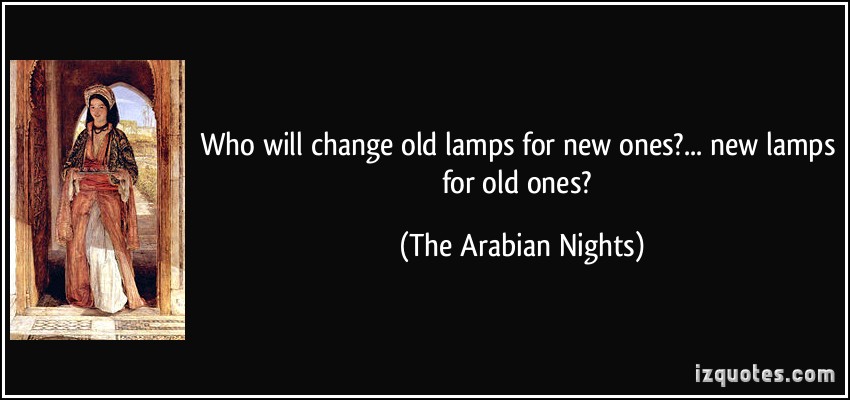
He was put to death by the Caliph in a very cruel way, nobody ever knew why.

The vizir who accompanies the Caliph was also a real person of the great family of the Barmecides. The events were often supposed to happen in the reign of the great Caliph, or ruler of the Faithful, Haroun al Raschid, who lived in Bagdad in 786-808 A.D. They dressed the fairy stories up, and made the characters good Mahommedans, living in Bagdad or India. There were no novels then, nor any printed books, of course but there were people whose profession it was to amuse men and women by telling tales. The people of Asia, Arabia, and Persia told them in their own way, not for children, but for grown-up people. There was a great dignity, and I'd like this to be restored again.“Now "The Arabian Nights," some of which, but not nearly all, are given in this volume, are only fairy tales of the East. It's interesting to see how we were open, how we had a dialogue with each other, how we wanted to understand, how we respected each other. They learn a lot from them, especially these stories were written away from the influence of religion.

Scheherazade … possessed courage, wit, and penetration, infinitely above her sex.

Scheherazade … had read much, and had so admirable a memory, that she never forgot any thing she had read.


 0 kommentar(er)
0 kommentar(er)
